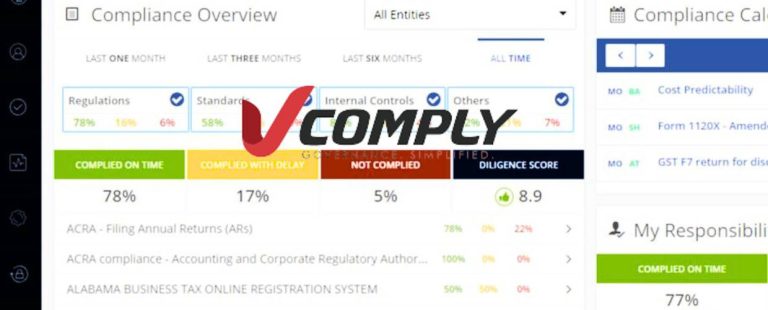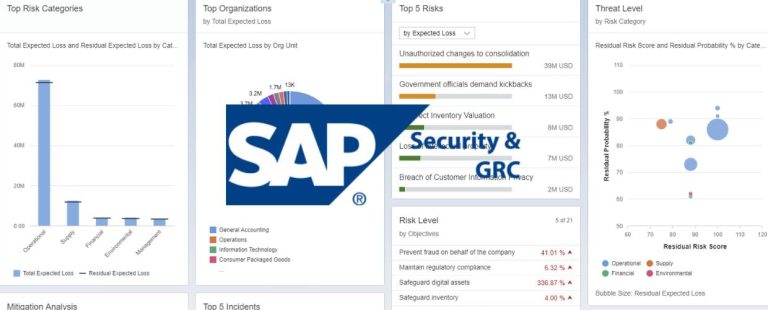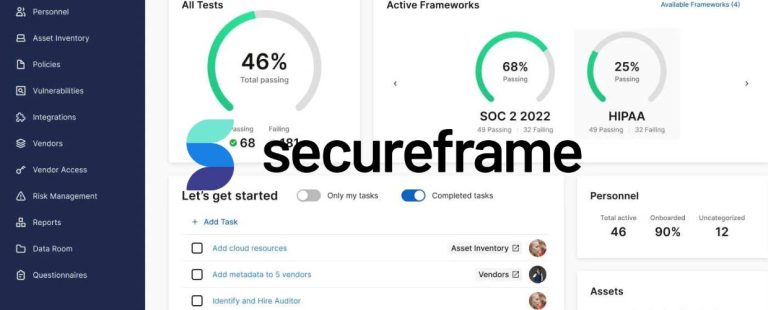In today’s digital age, e-commerce has revolutionized retail, reshaping how consumers shop, and businesses operate. Yet, beneath the veneer of effortless online transactions lies a multifaceted orchestra known as Supply Chain Management in E-commerce. This intricate symphony orchestrates the flow of products from manufacturers to customers, ensuring that the melody of efficiency and customer satisfaction resounds harmoniously. Supply chain management in e-commerce is the unseen force that propels timely deliveries, optimizes inventory, and creates memorable shopping experiences. This article embarks on a journey through the corridors of e-commerce supply chain management, uncovering its pivotal role, dissecting its key components, and revealing its transformative influence on online commerce.
The Significance of Supply Chain Management in E-commerce
Supply chain management is a crucial aspect of e-commerce that must be considered. It plays a significant role in ensuring that products are delivered to the customers on time and in good condition.
Efficient Order Fulfillment
The heartbeat of e-commerce, supply chain management, breathes life into order fulfillment. From the moment a customer clicks “Buy” to the arrival of the package at their doorstep, this intricate dance ensures that orders are processed swiftly, products are carefully packed, and dispatch occurs efficiently, resulting in swifter delivery times that are essential in today’s fast-paced world.
Inventory Optimization
The supply chain conductor orchestrates a delicate balance between stocking sufficient inventory to meet customer demand and avoiding the pitfall of excessive overstocking. Effective inventory management ensures that products are available when needed, minimizing carrying costs and potential wastage.
Timely Last-Mile Delivery
The final crescendo of the supply chain is the last-mile delivery, where products embark on their final journey to the eager hands of customers. This last stretch of the supply chain is pivotal in determining whether the overall shopping experience concludes on a high or discordant tone.
Customer Satisfaction
At its core, supply chain management in e-commerce endeavors to curate delight. Supply chain management becomes a maestro of customer satisfaction, cultivating loyalty and laying the foundation for repeat business by ensuring on-time deliveries, maintaining product quality, and orchestrating a seamless journey from order to receipt.
Critical Components of Supply Chain Management in E-commerce
To achieve efficient supply chain management in e-commerce, there are several key components that businesses should focus on. These include inventory management, transportation, warehousing, and order fulfillment.
- Inventory Management: The virtuoso of Supply Chain Management in E-commerce, inventory management, necessitates real-time visibility and control over stock levels. This component prevents the dreaded stockouts that disrupt customer experiences while sidestepping the overstocking trap that burdens businesses with surplus inventory.
- Order Processing and Fulfillment: The choreography of order processing is a delicate ballet that involves prompt acknowledgment, meticulous product picking, adept packing, and seamless shipping. In this symphony, each note must be played flawlessly to ensure customers receive their products without a hitch.
- Warehouse Management: The warehouse is a critical stage in the Supply Chain Management in E-commerce performance. Its management orchestrates the ballet of goods receipt, efficient storage, optimized picking, and graceful packing while maintaining impeccable organization.
- Transportation and Logistics: The transportation movement ushers products from warehouses to distribution centers and, ultimately, to the eager hands of customers. This logistical choreography requires meticulous planning to ensure products flow seamlessly through the supply chain’s arteries.
- Reverse Logistics: Just as an orchestra’s music echoes beyond the final note, e-commerce supply chain management extends its prowess to returns and exchanges. Skillful reverse logistics management ensures that customer returns are handled gracefully, and inventory is managed efficiently.
- Technology Integration: At the heart of supply chain management in e-commerce lies a symphony of technology. The integration of warehouse management systems, inventory tracking software, and order management systems serve as the virtuoso conductor, harmonizing the intricate components into a harmonious whole.
Transformative Impact of Supply Chain Management in E-commerce
The transformative impact of supply chain management in e-commerce cannot be overstated. By streamlining the processes of inventory management, transportation, warehousing, and order fulfillment, businesses can operate more efficiently and effectively.
- Faster Delivery and Reduced Lead Times: The symphony of efficient Supply Chain Management in E-commerce orchestrates the delivery of products in a timelier manner. This accelerando in delivery meets the tempo of modern consumer expectations, ensuring that products arrive promptly, fostering satisfaction, and driving brand loyalty.
- Improved Customer Experience: The crescendo of efficient supply chains harmonizes with the rhythm of customer experience. Seamless deliveries, accurate orders, and hassle-free returns compose a symphony of satisfaction that resonates with shoppers, translating into brand advocacy and repeat purchases.
- Enhanced Inventory Visibility: Supply Chain Management in E-commerce virtuoso performance includes revealing real-time insights into inventory levels. This transparency empowers businesses to make informed decisions, anticipate demand fluctuations, and optimize inventory turnover for improved profitability.
- Cost Optimization: The harmonious coordination of supply chain components doesn’t just produce beautiful melodies and reduces the cacophony of operational costs. Lean and efficient supply chains orchestrate resource utilization, enhancing e-commerce businesses’ profitability.
- Scalability and Flexibility: In the ever-evolving e-commerce landscape, the flexibility of supply chain management is akin to a symphony’s ability to adapt to changing musical scores. Agile supply chains allow businesses to crescendo with growing market demands and modulate their operations seamlessly.
Conclusion
The e-commerce stage is illuminated by the spotlight of supply chain management, a symphonic masterpiece that seamlessly intertwines technology, logistics, and artistry. This invisible force, driven by innovation and precision, propels the show forward, ensuring products dance from virtual shelves to customers’ hands with finesse. In an era where customer expectations crescendo and competition is fierce, businesses that embrace the rhythm of efficient supply chains compose an opus of success.
As the symphony of e-commerce continues to evolve, supply chain management will remain the conductor, guiding businesses toward harmonious efficiency, customer-centricity, and sustained growth in the ever-expansive realm of online commerce. This art of orchestration, blending the tangible and intangible, will undoubtedly stand as a testament to the transformative power of supply chain management in e-commerce’s grand symphony.










